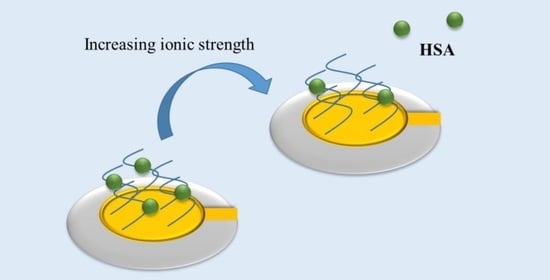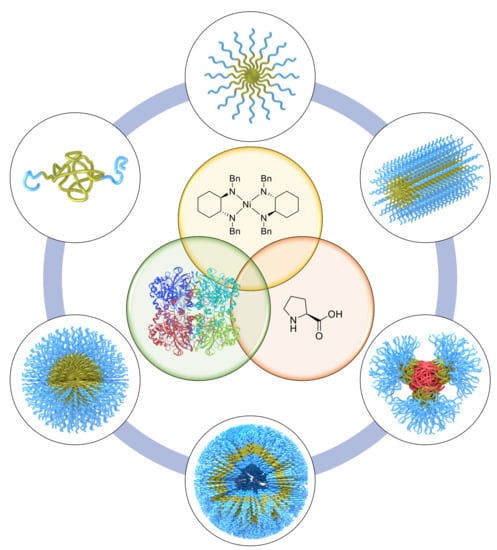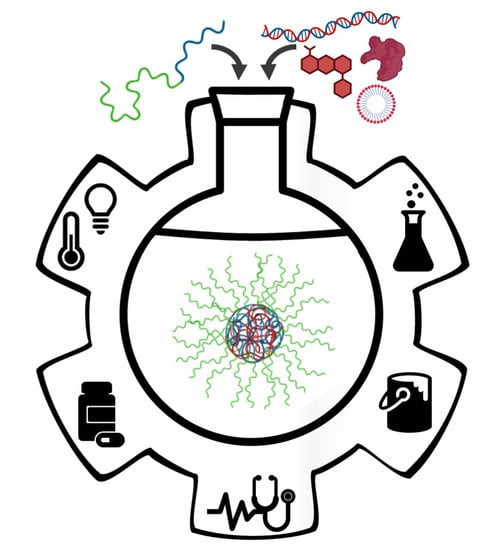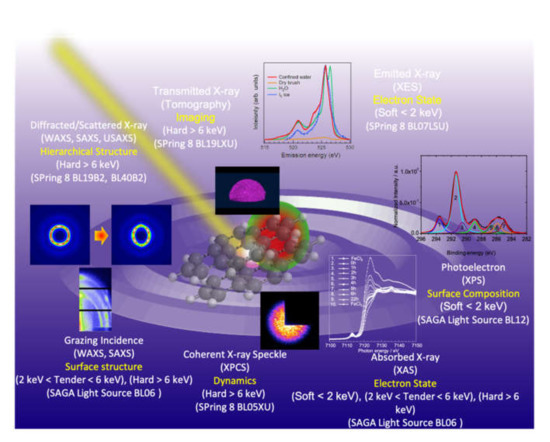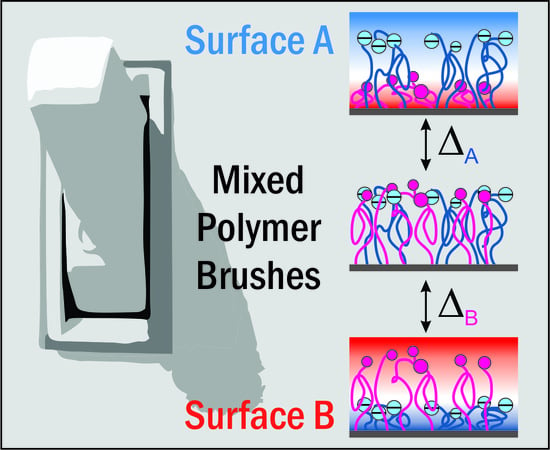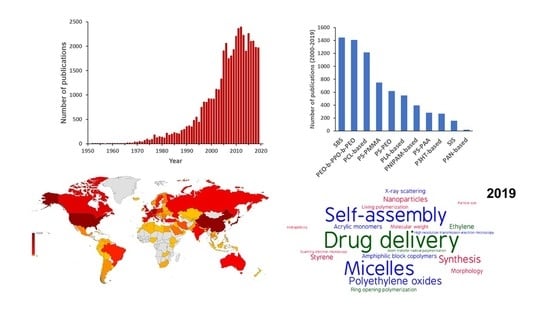The Next Generation in Polymer Research (Closed)
A topical collection in Polymers (ISSN 2073-4360). This collection belongs to the section "Innovation of Polymer Science and Technology".
Viewed by 35407Editors
Interests: self-assembly of block copolymers and nanoparticles; multi-functional patchy particles; Pickering-Emulsions; protein-polymer conjugates; integration of biological functions into polymeric materials
Special Issues, Collections and Topics in MDPI journals
2. Department of Polymer Engineering, Graduate School, Chonnam National University, 77 Yongbong-ro, Buk-gu, Gwangju 61186, Republic of Korea
Interests: conducting polymers; nanoparticles; composites; sensors; electrochemistry
Special Issues, Collections and Topics in MDPI journals
Interests: polymer physics; computational physics; applied mathematics; stochastic differential equations; coarse-graining; biophysics
Special Issues, Collections and Topics in MDPI journals
Topical Collection Information
Dear Colleagues,
In the year 2020, we celebrate 100 years of Polymer research. This is the right time to review past achievements of polymer science as well as to look far into the future towards what is to come next. At the turn of the first polymer science century, we learn about how the future directions may be and from the creative outlook on what is next, we will be able to highlight the next generation of topics and people in polymer research. This is exactly the aim of this topical collection. We invite reviews of past achievements in polymer science and encourage emerging leaders and talents in the field to share their view on what is next in polymer science. Join us for this exciting endeavor and submit your contribution before 30 June 2020.
Prof. Dr. Alexander Böker
Prof. Dr. Hyeonseok Yoon
Prof. Dr. Martin Kröger
Guest Editors
Manuscript Submission Information
Manuscripts should be submitted online at www.mdpi.com by registering and logging in to this website. Once you are registered, click here to go to the submission form. Manuscripts can be submitted until the deadline. All submissions that pass pre-check are peer-reviewed. Accepted papers will be published continuously in the journal (as soon as accepted) and will be listed together on the collection website. Research articles, review articles as well as short communications are invited. For planned papers, a title and short abstract (about 100 words) can be sent to the Editorial Office for announcement on this website.
Submitted manuscripts should not have been published previously, nor be under consideration for publication elsewhere (except conference proceedings papers). All manuscripts are thoroughly refereed through a single-blind peer-review process. A guide for authors and other relevant information for submission of manuscripts is available on the Instructions for Authors page. Polymers is an international peer-reviewed open access semimonthly journal published by MDPI.
Please visit the Instructions for Authors page before submitting a manuscript. The Article Processing Charge (APC) for publication in this open access journal is 2700 CHF (Swiss Francs). Submitted papers should be well formatted and use good English. Authors may use MDPI's English editing service prior to publication or during author revisions.








